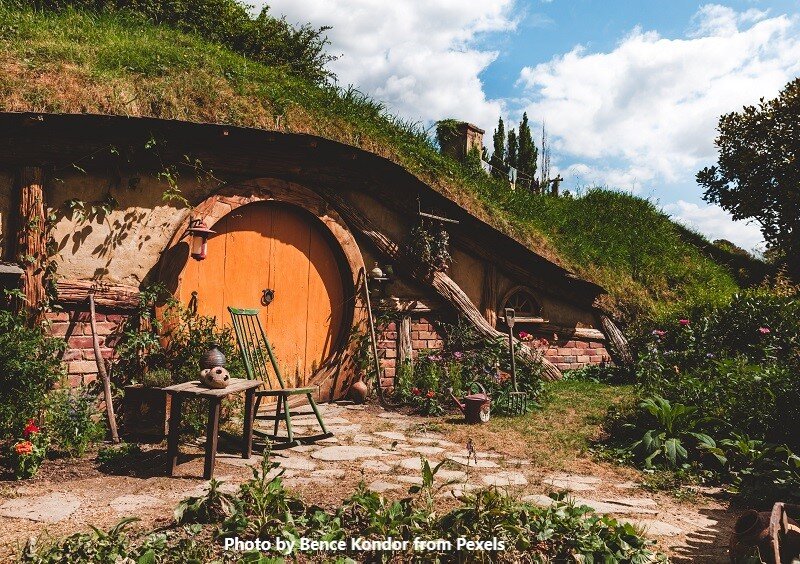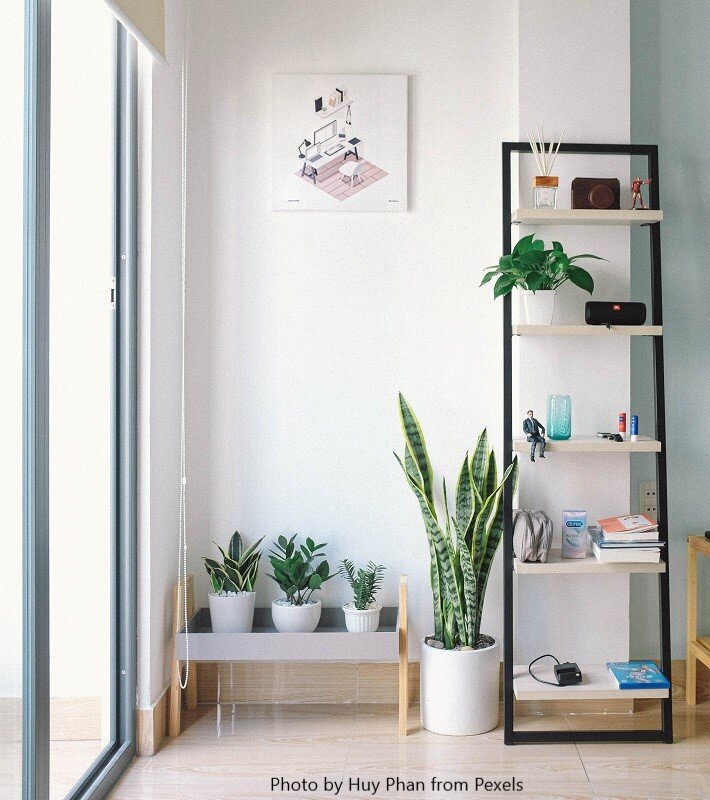Building Your Green Dream Home
/(updated July 20, 2021)
Guest post by Jade Piper
Kermit the Frog warned, “It ain’t easy being green.” But he may have been wrong. There are many people who are now opting to live more green lives. If you have been living green for a while, you may be considering building a new greener home. While everything depends on your wants and needs, you can start living the green life you have dreamed of living. Here are a few things to consider when building your dream home.
Pick a Style
Whether you want to live in an Earthship, yurt, tiny home, or other structure is entirely at your discretion, but you will have to make this choice. Each has a different function and benefit. If you want a larger, completely sustainable structure, an Earthship is often the best choice. If your family is small and you want a small space, a tiny home can be perfect. The style should be more than just what you like. Make sure that the style you choose will be capable of handling any functions you want.
Decide on a Location
Like choosing a style, location is equally important. Building an Earthship in the downtown area of a large city is highly unlikely. Likewise, some places have restrictions on the materials, types of structure, or purposes of new buildings. Building a residential home in a commercial zone is not advisable. You need to make sure that your home plans and location will work together. Many people plan to build in rural areas if they are going to keep livestock and do any vegetable farming.
Choose Functions
Do you want a completely sustainable home, or are you merely trying to live greener? There are options that will meet almost every need. Homeowners can recycle, add solar panels, wind turbines, septic systems, and other green functions. Determining which features meet the needs of the family is essential to building the perfect home. Solar panels and wind turbines can be very efficient ways to power a home, but you need to make sure that whatever you choose, it is compatible with your energy consumption.
Select Building Materials
Building materials vary by location. You may be able to have certain materials supplied no matter the region, but some may cut down on the greenness of an area. For example, some woods are popular on the West Coast because they are so readily available. Likewise, on the East Coast, specific heavy stones are easier to harvest. Living on the West Coast doesn’t mean that you cannot use East Coast materials, but they will increase the damage to the environment because of the need to transport these materials from so far away.
Insulation
One consideration many homeowners neglect when deciding on building materials is insulation. A beautiful green home with no insulation is not going to benefit the inhabitants. Make sure that you properly insulate your home and living spaces. Seal up any leaky areas and protect your family from toxic insulators. Avoid insulation materials like polyurethane spray foam and materials that use high levels of volatile organic compounds (VOCs) asbestos, or formaldehyde, or flame retardant chemicals. Instead, choose Greenguard-certified insulation materials whenever possible for a more eco-friendly and healthier home.
Find a Green Builder
Some builders specialize in designing and building green homes. Others do not have experience in this area. It is crucial that you find a builder or contractor who can make sure that things are kept to the green standards that you choose. Many green builders are also careful about the equipment that they use. This makes many homeowners feel more comfortable with building a new structure. Check with friends or relatives or research companies that claim to be green. Verify their reputation.
Don’t Forget Plants
Don’t forget to include plants and vegetation in your design plans. Plants help the environment by removing toxins and improving air quality, providing oxygen and being a source of food. Plants may seem simple to add to this list, but they can maximize the impact that you have on the environment. Form and function are important when planting near the home, bringing plants inside, or planting a garden in the rear of the house.
Heating and Cooling
Decide how you will heat and cool your home. Fireplaces, wood stoves, and natural heating are lovely, but they do not cool very well. An energy-zapping cooling system will not be very green. There are, however, green options for heating and cooling systems. Determine which method will meet the needs of your family and home size. This article by Emily Huddleston of Redfin provides eco-friendly suggestions from 14 sustainability experts to help you keep your house cool this summer.
Lighting
Light fixtures can be powered by solar or wind energy, but natural light can also save some of that energy. Consider window placement and quality. Beautiful windows do no good if they are also drafty and the heat or air conditioning is escaping from their panes. Maximizing both efficiency and purpose is vital to maintaining a green home.
Water Filtration
Will you use municipal water sources, septic tanks, or a combination of both for your home water needs. If you use septic tanks, make sure that your system will adequately filter water coming into the home and dispose of the water leaving your home.
Waste Reduction
Do not forget about recycling and upcycling of materials in and around your home. You can reduce your waste output by recycling materials no longer needed, and upcycling materials that you may reuse in your home and composting organic materials for plant food. Growing plants for consumption or raising animals for meat and by-products can also improve your “green” home status. You will reduce your reliance on commercial products while providing nutritious meals for your family.
Final Thoughts
These ten things are subject to your needs and desires, but they should all be considered when building your dream green home. You can provide your family with the comforts of living they are accustomed to while still considering the environment. In many ways, composted materials are better for plants than commercial materials, natural lighting is better for our mood and fewer chemicals in our water can be good for our livers. In addition to being green, however, we have to be careful to maintain a safe environment. If your home is easily flammable, drafty, or prone to black mold, the green label does not matter. Find your balance and style.
Jade Piper is a small business owner and part time blogger. She is passionate about the environment, healthy living and loves to travel.
Like this? Please pin!









































